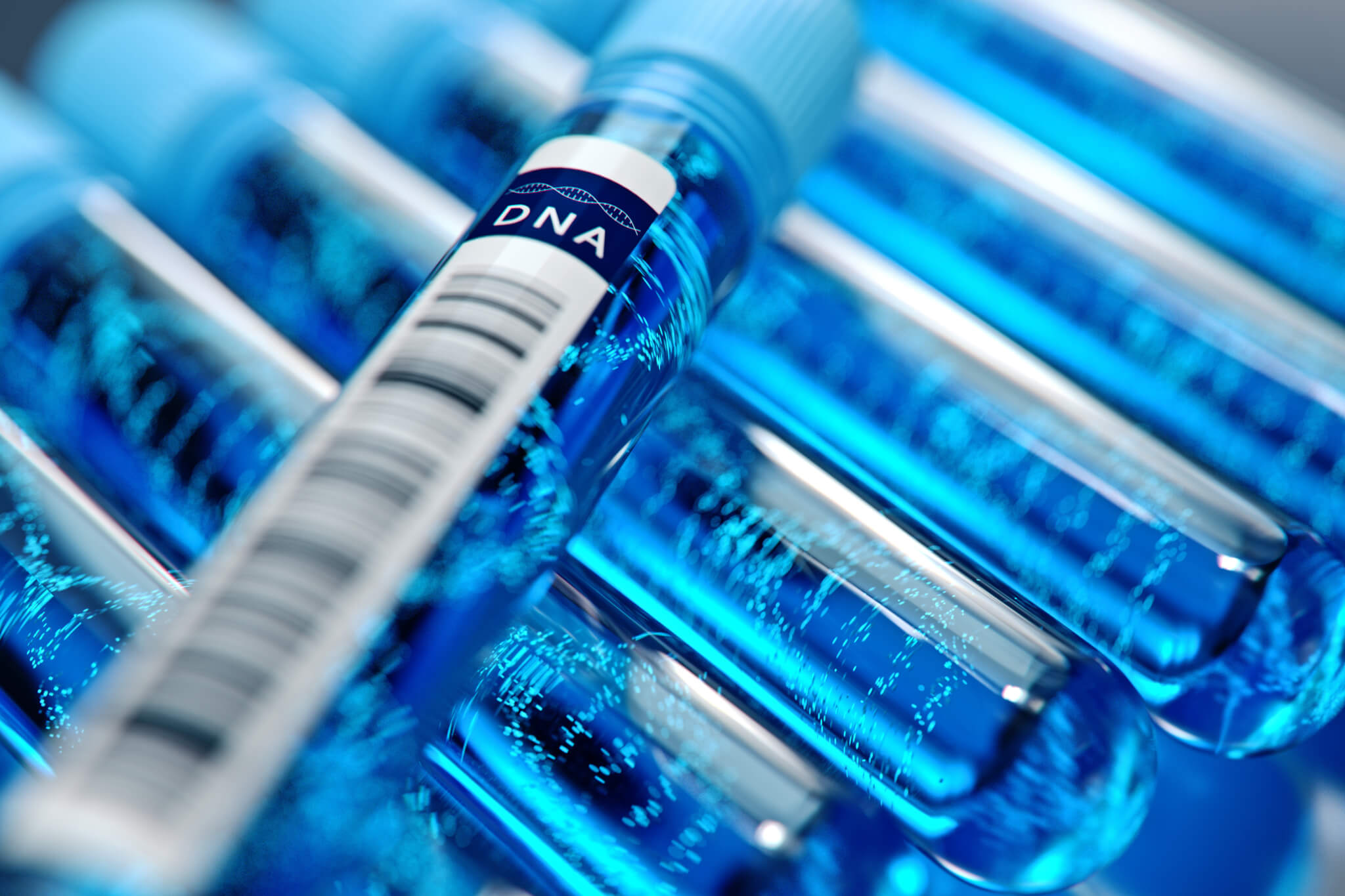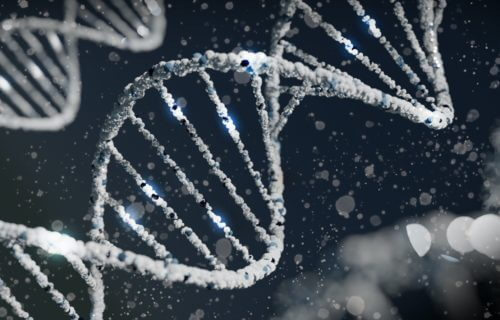MADRID, Spain — In a groundbreaking discovery, researchers from the Spanish National Cancer Research Centre (CNIO) are revealing the crucial role of viruses in the history of human development. This finding highlights the significant influence of viral genetic material, once thought to be mere “junk DNA,” in the early stages of human embryonic development.
The study reveals that at least eight percent of the human genome consists of genetic material from viruses. This viral DNA, previously disregarded as useless, is now understood to be vital in the process that occurs just hours after fertilization, where cells transition to a state known as pluripotency. This stage is crucial for the embryo’s development, marking the point where cells can evolve into any specialized tissue in the body.
Sergio de la Rosa and Nabil Djouder, the lead researchers at CNIO, explain that this discovery opens new avenues in regenerative medicine and the creation of artificial embryos. They found that endogenous retroviruses, viral genes integrated into our DNA, play a pivotal role in this developmental phase.
“Until recently, these viral remnants were considered to be ‘junk DNA’, genetic material that was unusable or even harmful,” explains De la Rosa in a media release. “Intuitively, it was thought that having viruses in the genome could not be good. However, in recent years we are starting to realize that these retroviruses, which have co-evolved with us over millions of years, have important functions, such as regulating other genes. It’s an extremely active field of research.”

The study focused on a particular retrovirus known as MERVL. This virus influences the transition from totipotency, a state where cells can develop into a complete organism, to pluripotency. The researchers discovered that the MERVL retrovirus directly controls factors essential for acquiring pluripotency.
Key to this process is a gene called URI. The absence of URI results in the failure of embryonic development. The CNIO team found that the MERVL retrovirus produces a protein, MERVL-gag, which regulates the activity of URI. In the early totipotent phase of the embryo, high levels of the MERVL-gag protein inhibit URI, maintaining totipotency. As levels of the viral protein decrease, URI becomes active, facilitating the transition to pluripotency.
This intricate interplay between the viral protein, URI, and pluripotency factors is a fine example of symbiotic co-evolution, where the virus and host cells work together to ensure smooth embryonic development. Djouder emphasizes the importance of this balanced relationship in allowing the embryo adequate time to adjust and coordinate its development.
“It is a totally new role for endogenous retroviruses,” says Djouder. “We discovered a new mechanism that explains how an endogenous retrovirus directly controls pluripotency factors.”
This research not only overturns previous misconceptions about “junk DNA” but also sheds light on the complex evolutionary history and functionality of viral DNA in human development.
“Our findings reveal symbiotic co-evolution of endogenous retroviruses with their host cells in order to guarantee the smooth and timely progression of early embryonic development,” the authors write in the journal Science Advances.
